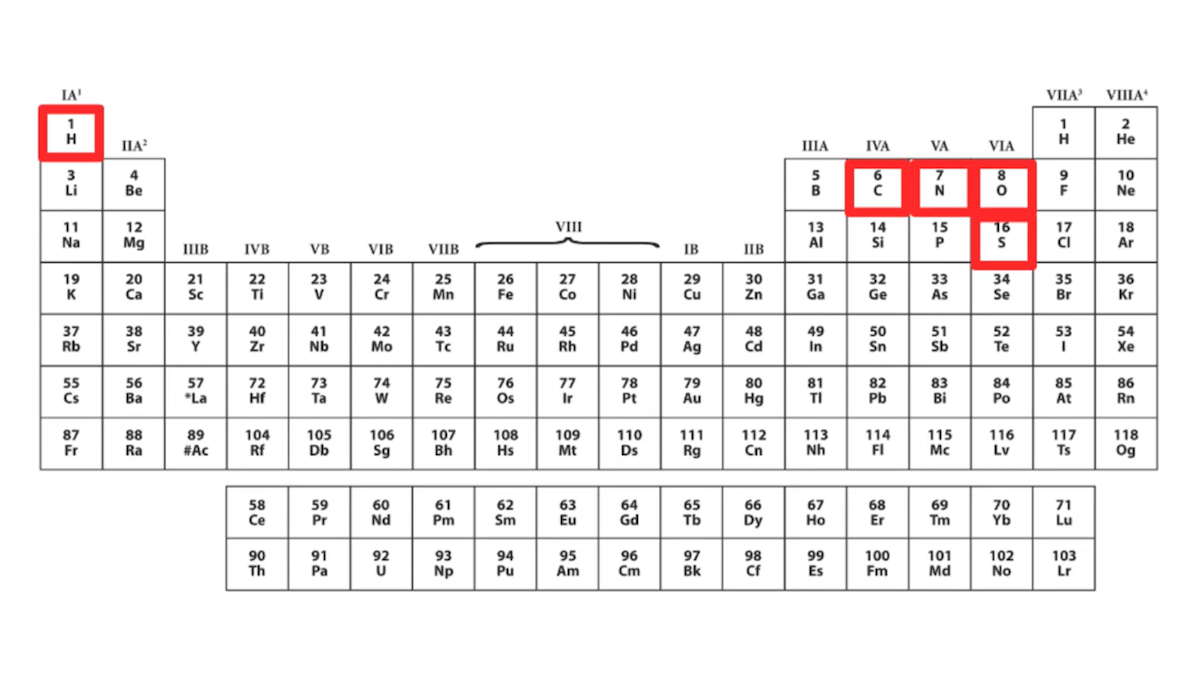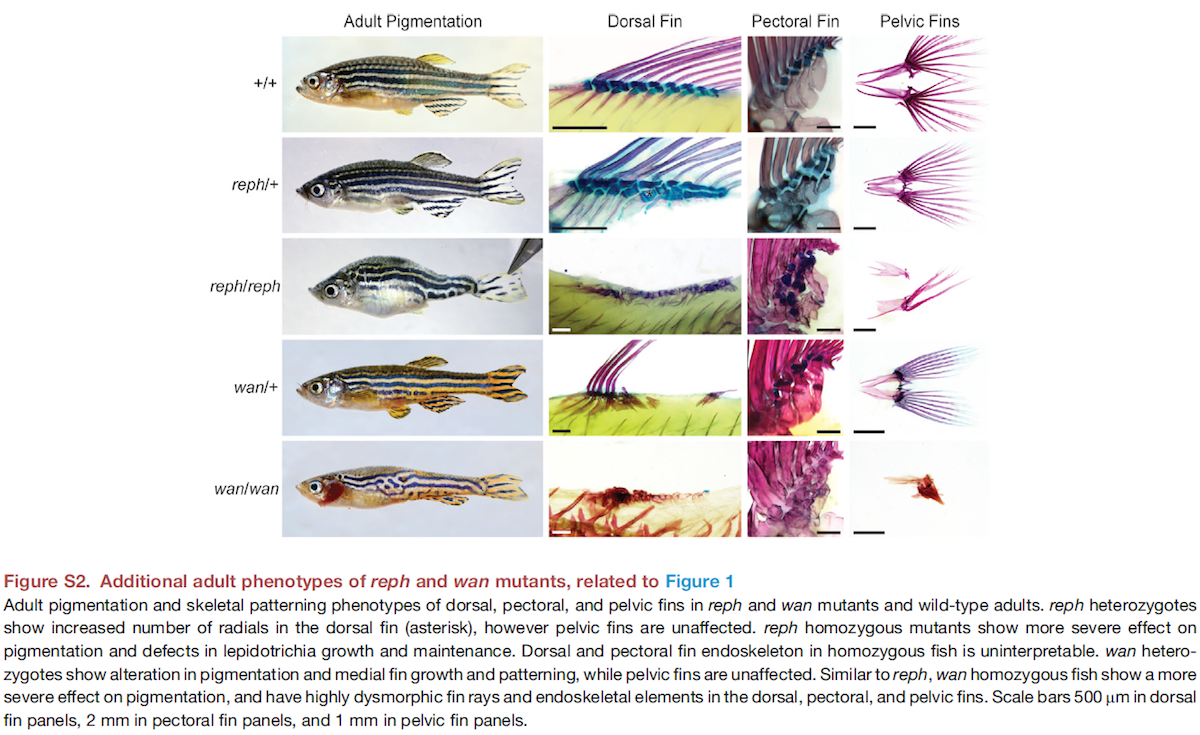Designed for [a] Purpose” — Heme Production Defeats Evolution
- Evolution News @DiscoveryCSC
Hemoglobin is well known as the molecule that transfers oxygen in blood, but its precursor, heme, is lesser known. Heme is a complex molecule that looks geometrically square, with a single iron atom at the center. The heme family of metalloproteins is responsible for multiple functions in the cell and in the bodies of multicellular organisms, including humans. Our lives depend on heme. When not properly handled, though, it can be dangerous.
What Heme Does
Seven scientists (Galvin Leung et al.) from two UK universities (Leicester, Bristol) explain the significance of heme in their paper, “Unravelling the mechanisms controlling heme supply and demand,” published in PNAS. Their homage to heme is unrestrained, as is their appreciation for how the cell handles this toxic molecule.
Heme is essential for the survival of virtually all living systems and is involved in many fundamental biological processes. It is also implicated as a signaling/regulatory molecule and must be mobilized in response to cellular demands. This presents a complex logistical problem: heme cannot simply diffuse around cells because it is both insoluble and cytotoxic. We show that the cell exhibits exquisite control over release of heme by limiting its availability to one molecule or less within cellular compartments. [Emphasis added.]
Such a description should make a Darwinist shudder. How could such an “exquisite control” system evolve piecemeal? Consider just the making of heme:
Heme is essential for the survival of virtually all living systems — from bacteria, fungi, and yeast, through plants to animals. The family of heme proteins is vast, and heme proteins are responsible for a multitude of functions that are essential for the survival of the cell. To meet the needs of supply and demand for heme in cells, most organisms need to synthesize it. Biosynthesis of the heme cofactor is, therefore, one of the most important metabolic processes in biology; it occurs as an eight-step enzymatic pathway, the last three steps of which occur in the mitochondria.
It takes eight steps to synthesize one heme molecule, and virtually all life needs it — even bacteria, among the simplest of organisms. The other enzymes that construct heme had to already exist before heme could do its job. This is a serious chicken-and-egg problem for the origin of life.
Heme Synthesis
A taste of the complexity of heme synthesis can be had in “Biochemistry, Heme Synthesis,” by Ogun, Joy, and Valentine.
Heme biosynthesis starts in mitochondria with the condensation of succinyl Co-A from the citric acid cycle and an amino acid glycine. They combine to produce a key heme intermediate, 5′-aminolevulinic acid (ALA) in mitochondria catalyzed by the pyridoxal phosphate-requiring (vitamin B6) enzyme, aminolevulinic acid synthase(ALAS). This reaction is the rate-limiting step in the pathway….
That’s just for starters. Those interested in the remaining steps involved in heme synthesis can read four more paragraphs of details like these at the link above. Intermediate forms of the molecule shuttle in and out of a mitochondrion, where special gates control traffic in and out. Multiple other molecules and enzymes, including one metalloprotein containing zinc, are involved in the process.
How could the first cell, by chance, hit on this sequence of steps that would challenge a chemistry grad student? A protocell would have needed to come up with this chemical pathway just to get heme, let alone know what to do with it once it had it. Whoops; it’s toxic, too. How many protocell tryouts died from this essential yet cytotoxic substance before figuring out that heme must be handled with care? Darwinism is dead already — but there’s more.
Heme Supply
The focus of the paper by Leung et al. in PNAS is on how cells distribute heme where it is needed without dying from it.
We suggest an exchange mechanism between protein partners to control supply and demand. Such a mechanism would provide an in-built buffering capacity for heme, enable cells to hoard supplies of heme, and protect the cell against the undesirable effects of heme.
How about that; cells know the law of supply and demand. Where did they learn that? In protocell economics class? They also know how to “hoard supplies” of heme (actually, how to maintain emergency stockpiles). In the recent pandemic, some government officials were aghast to find that emergency stockpiles of PPE (personal protective equipment), required by law, had been raided or not maintained. It led to serious shortages and drastic efforts to refill stockpiles, while patients were dying and healthcare workers were exposed to the virus without protection. Cells do not make such mistakes.
Heme Distribution
Scientists have known all about heme and its functions for decades, but few have investigated how cells distribute it where needed. This is important to know, Leung et al. explain, because “Deficiencies or excesses in cellular heme concentration also have widespread implications in health and disease” such as aging, cardiovascular disease, inflammation, and immune response. Accordingly, “there is a need to understand the logistics of heme supply and demand.”
A cell cannot maintain a “pool” of heme to draw from, as once thought, because heme is a “nuisance” to cells. It tends form free radicals, which are dangerous, and though hydrophobic, it dimerizes in solution, making it unsuitable for delivery to proteins that only need one heme molecule per binding site.
A free molecule of heme can therefore only exist transiently, and if a large reserve of heme is present, the heme molecules would presumably need to be exchanged rapidly between binding partners to remain solubilized, in the same way that heme is solubilized within the interior of other well-known heme proteins (e.g., hemoglobin).
The team constructed a molecular heme sensor that glows when bound to heme. In this way, they could watch the “exquisite control” system in action.
A longstanding question has been to establish the mechanisms that control the supply and demand for cellular heme. … we have developed a heme sensor … that can respond to heme availability…. The results demonstrate that concentrations are typically limited to one molecule or less within cellular compartments. These miniscule amounts of free heme are consistent with a system that sequesters the heme and is able to buffer changes in heme availability while retaining the capability to mobilize heme when and where it is needed. … This exquisite control, in which heme is made available for transfer one molecule at a time, protects the cellagainst the toxic effect of excess heme and offers a simple mechanism for heme-dependent regulation in single-molecule steps.
In effect, the cell maintains “an exchangeable (buffered) heme reservoir” that solves the availability problem while simultaneously protecting the cell from heme’s toxic effects. Free heme (the risky kind) was detected only in “a minute fraction of the entire amount of heme present in the cell” and were most likely short-lived in the process of binding to proteins.
Our experiments are thus consistent with the idea that there is a population of the total heme complement that is bound more weakly and therefore reversibly to heme-binding partner proteins or to other molecules (which might include free amino acids) that can buffer against changes in the heme concentration. … These heme molecules that are weakly bound to buffer molecules, along with the miniscule population of free heme, would constitute a body of exchangeable heme in the cell.
In their model, the buffered heme, attached to its partner, passes quickly to the enzyme or protein needing it, something like a quick pass of the ball from one player to another in basketball or football. In the cell’s game, though, there are millions of balls with millions of players passing the heme balls to the players who need it. Because the free energy of the acceptor is at a lower level, the heme is readily transferred to the acceptor, leaving the partner ready to pick up another heme. At any given time, the cell can be aware of the concentration of available heme by sensing the concentration of heme-binding partners, and supply more as the demand increases.
This exquisite control also provides a mechanism for heme-dependent signaling and regulation, as heme can be supplied discretely, leading to the switching on of proteins in single-molecule steps.
If Darwinism had been essential to their work, they surely would have mentioned it. Instead, they found a mechanism that appears (gasp! Can they say this?) designed for a purpose —
We see clear advantages of such an exchange mechanism between protein partners, designed for the purpose of managing heme supply and demand.
Overkill
To nail the case for design, consider the level of exquisite control in the next hierarchical level up. The human body makes around 250 billion red blood cells per day, and each RBC contains 270 million hemoglobin molecules, each constructed with 4 heme groups. That multiplies out to 27 billion trillion hemes per day!
It’s amazing enough that each cell in the body orchestrates its synthesis and availability of heme. On top of that, the whole body, too, regulates the number of hemoglobin molecules and red blood cells that carry another cytotoxic substance — oxygen — from our lungs to each cell in a safe, regulated, exquisitely controlled manner. Every red-blooded person should take this to heart: we would be walking packages of explosives if it were not for mechanisms “designed for the purpose” of using energy safely for life, love, and transcendent meaning.

